15 Years of BQ: Plus Ça Change
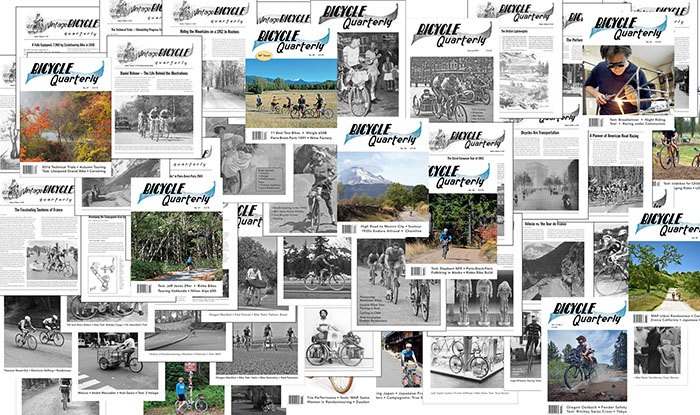
With Bicycle Quarterly celebrating its 15th year, it’s been fun to look back over the decade-and-a-half of publishing the magazine. A lot has changed, most of all the size:
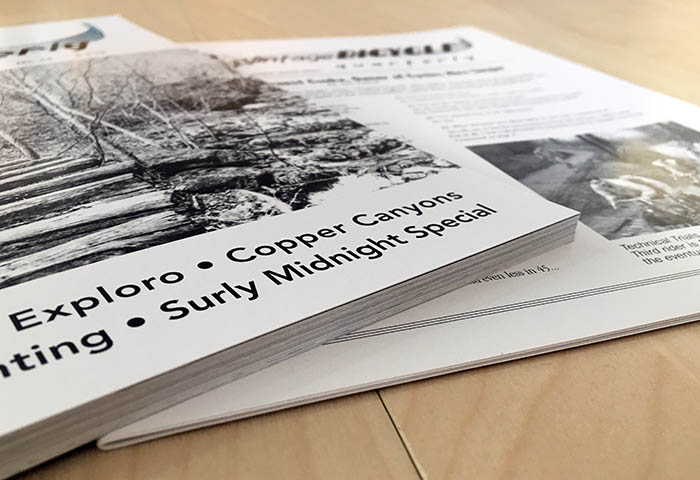
The first issue was a slim 20 pages, the latest one is more than five times as large!
As BQ grew and resources became available to hire professionals, black & white photos that charitably might have been described as ‘adequate’ have been replaced by beautifully reproduced color photography. The layout has improved, too. The first issues were little more than newsletters; the most recent ones are almost books in their own right.
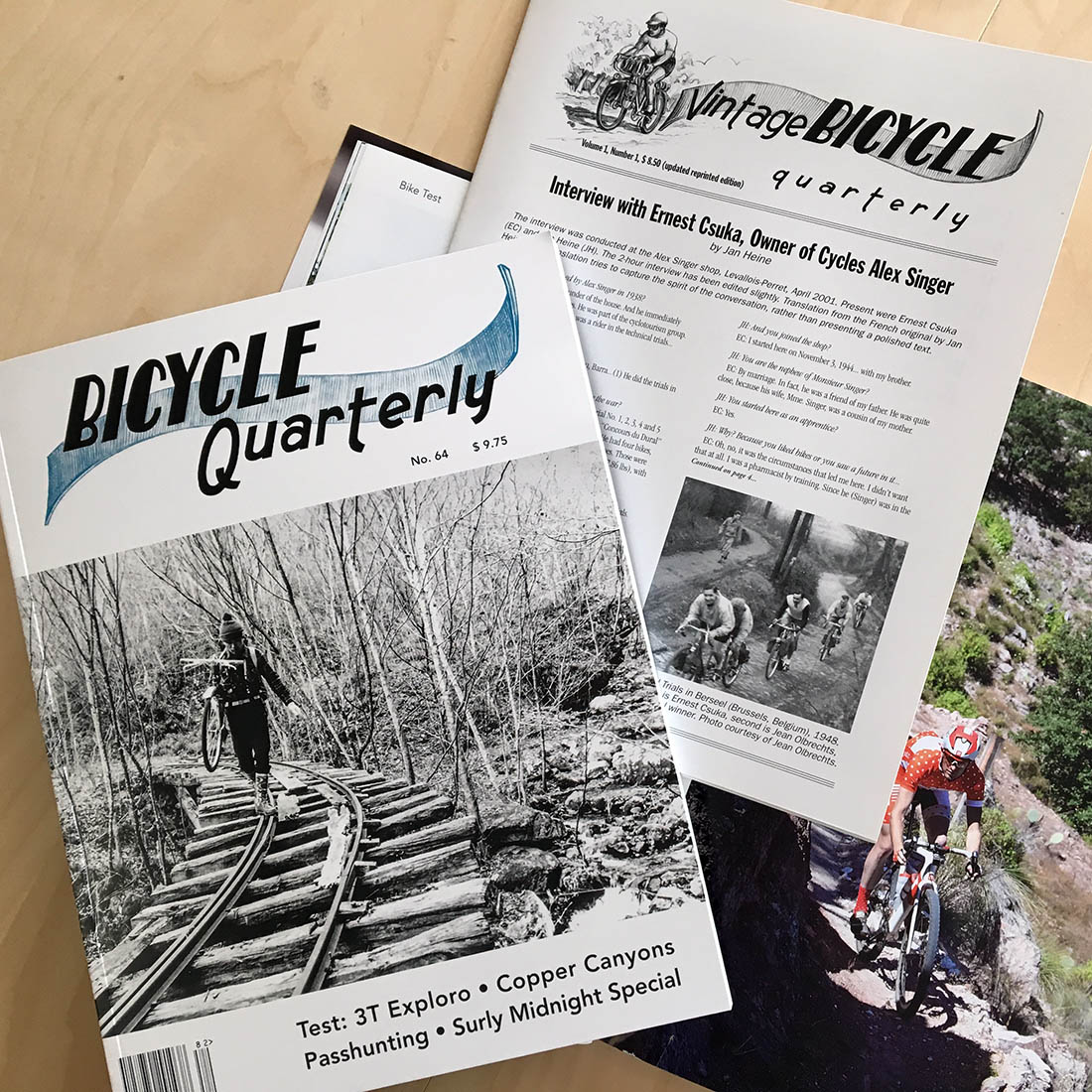
What hasn’t changed is the quality of the content. The very first issue featured the story of the great French constructeur Alex Singer in comprehensive detail. It started with a fascinating interview with Singer’s successor, the late Ernest Csuka. We published previously unseen historic photos. And there was our first bike test, a 300 km brevet on a 1962 Alex Singer with a Nivex rear derailleur. With a mix of historic sources, original interviews and first-hand experience, this issue remains the best documentation of Cycles Alex Singer to this day.
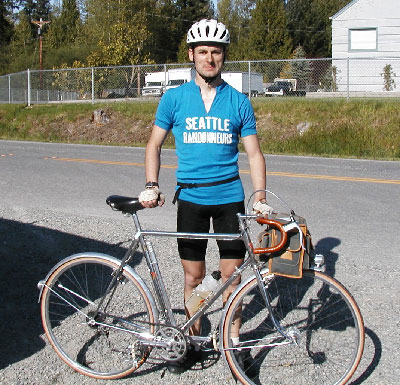
That first issue also set the tone in another way: Rather than merely reporting what exists, we examined how to improve bicycles. I tested a 1962 Alex Singer in a 300 km brevet and found it to perform extremely well. I especially liked its gearing with 46×30 chainrings. A second article titled “Who Needs a Triple? Get Rid of Your Big Chainring!” suggested that component makers should offer compact cranks. This was at a a time when road bikes still came with 53/39 chainrings, as if we were all gearing up for a downhill Tour de France sprint finish.
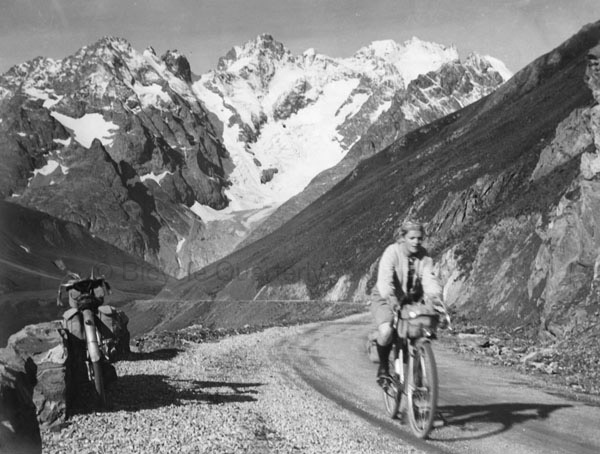
Over the following years, Bicycle Quarterly continued to discover the great French cyclotouring culture. Inspired by photos of gravel roads in the Alps, we marveled at bikes that had been perfected for adventures off the beaten path. We realized that our bikes needed wide, supple tires and fully integrated fenders, racks and lights.
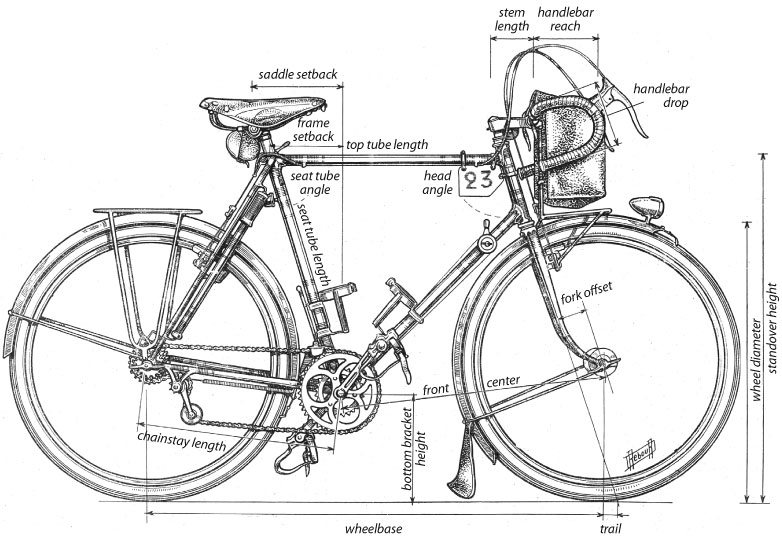
This was followed by more research into why these bikes worked so great. First, we studied front-end geometries and discovered that the best-handling bikes had much less geometric trail than most ‘experts’ (ourselves included) considered necessary. Then came our famous tire tests, which showed that wider tires can roll as fast as narrower ones. Later we studied frame stiffness and found that tuning the stiffness to the rider’s pedal stroke (and vice versa) could make bikes perform better. All this revolutionized our understanding of how bikes work.
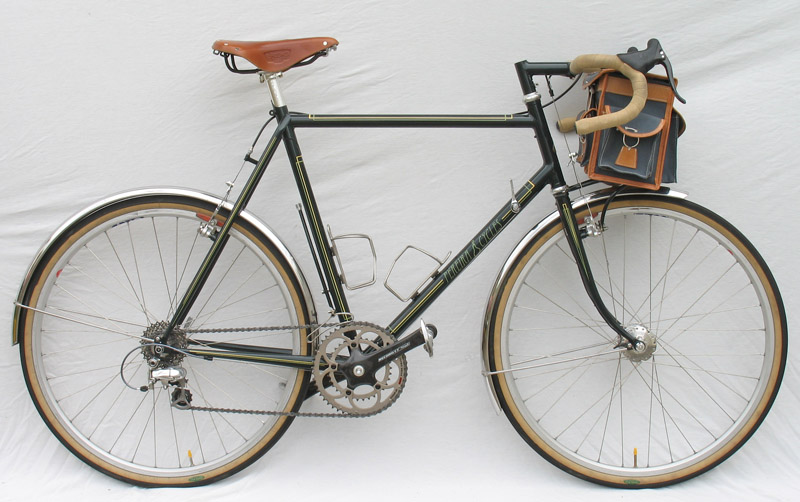
As this research came along, small custom builders were among the first to adopt our findings. Hence most of our test bikes were what you might call ‘classic’ bikes made from steel tubing. We loved those bikes, and we continue to love them.
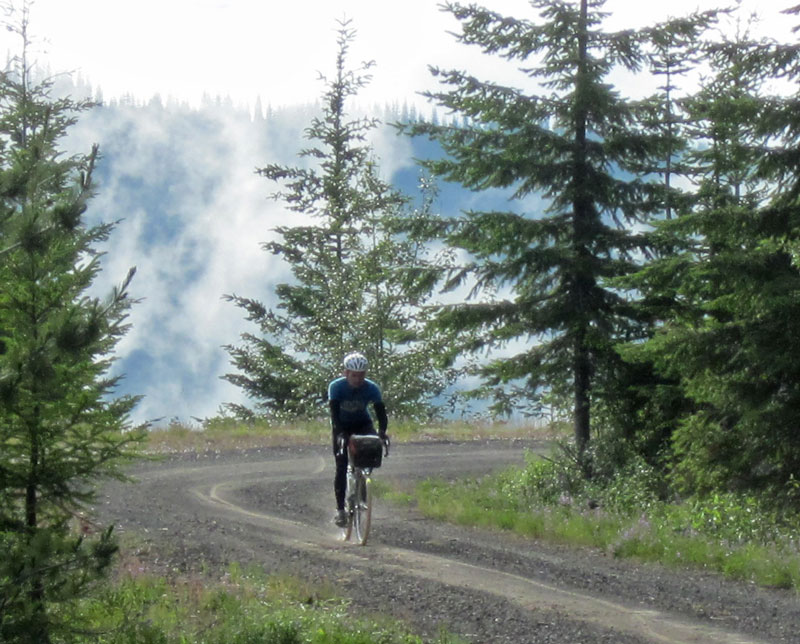
For a while, we seemed to inhabit a small niche in the cycling world, where adventurous souls rode beautiful bikes over long distances on scenic gravel roads.
Then the mainstream cycling industry realized that ‘allroad’ cycling (a term we had coined in 2007) presented a real opportunity. There wasn’t just the marketing appeal of rugged adventure, but these road bikes with wide tires actually were a lot more fun to ride than their narrow-tired predecessors. It was a rare case of marketing is backed by substance.
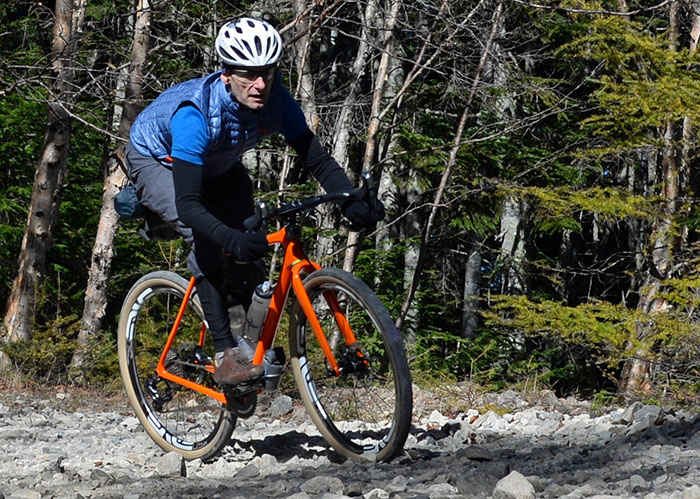
As these new bikes became available, it was natural for us to test them. When carbon and titanium bikes began appearing in Bicycle Quarterly, some readers wondered whether Bicycle Quarterly had changed its focus, or perhaps even ‘sold out’? The reality is that the mainstream bike industry finally has caught up with us.
For a long time, we lamented that it was almost impossible to buy bikes suited for the rides we enjoy. Today, you can go into a bike shop and choose among a large number of bikes designed for spirited riding on all kinds of roads, from smooth pavement to rough gravel. Our readers want to know how good these bikes really are – so we test the most interesting ones. Bicycle Quarterly never was about being retro; it’s always been about having more fun on your bike.
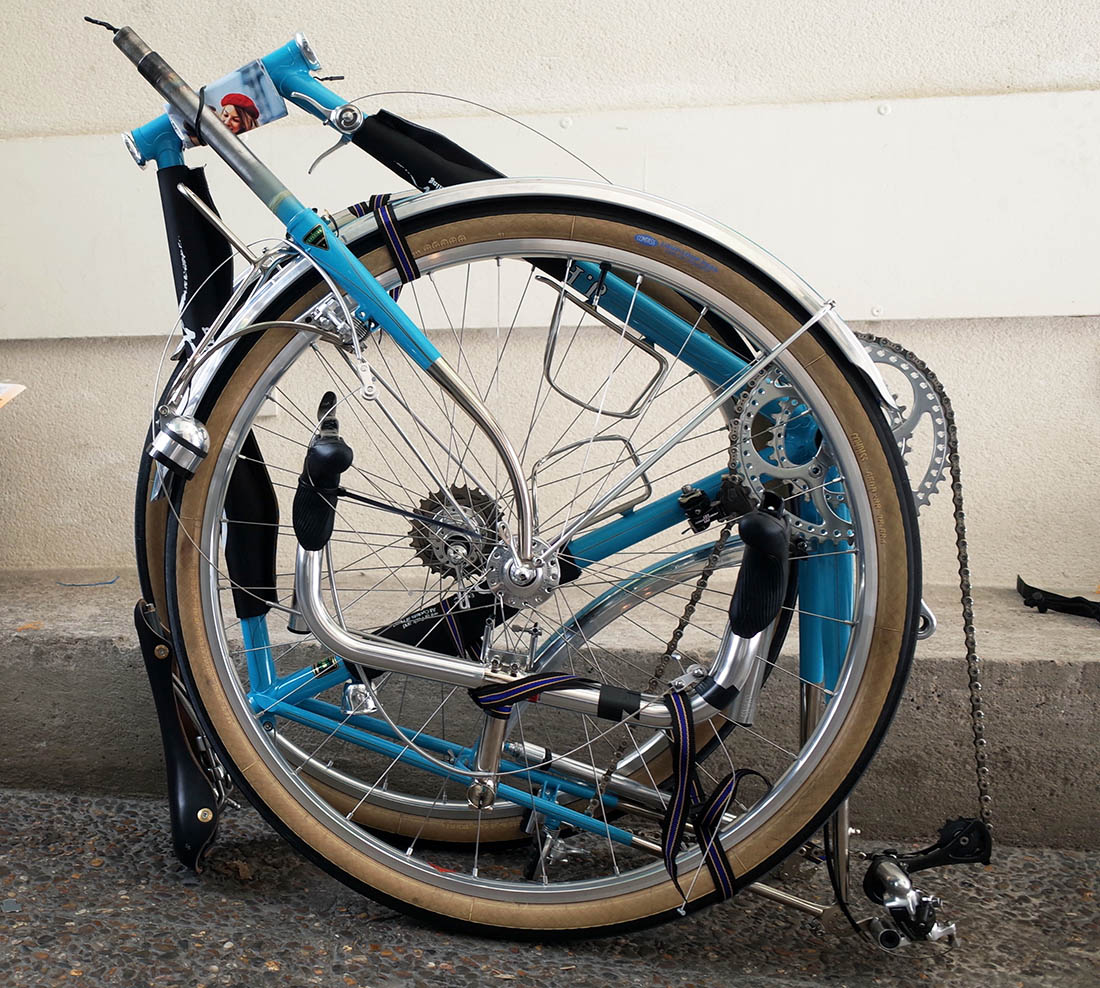
Where does the future lead? There are more discoveries to make. Rinko allows disassembling a complete, fully equipped bike into a small package with minimal tools and almost no modifications to the bike. Perhaps the mainstream bike industry will adopt this idea in the future, making life easier when we travel with our bikes.
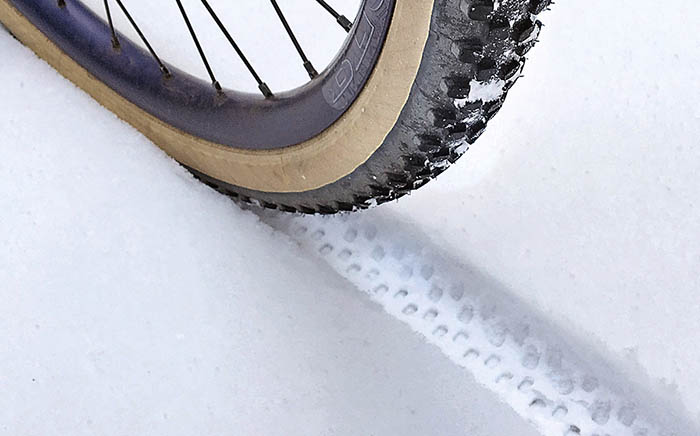
We are exploring new tire treads that roll as well on pavement as they grip in mud. And we’ll keep pushing for bikes that fit our adventures, which include riding in any weather, even at night, unsupported. We are looking forward to the next 15 years. If the past is any indication, it’s going to be a fun journey!
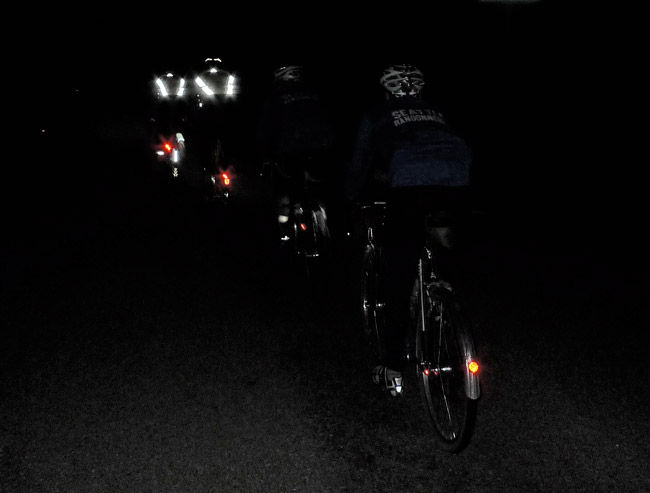
Click here for more information about Bicycle Quarterly, including a sample issue you can browse online.


